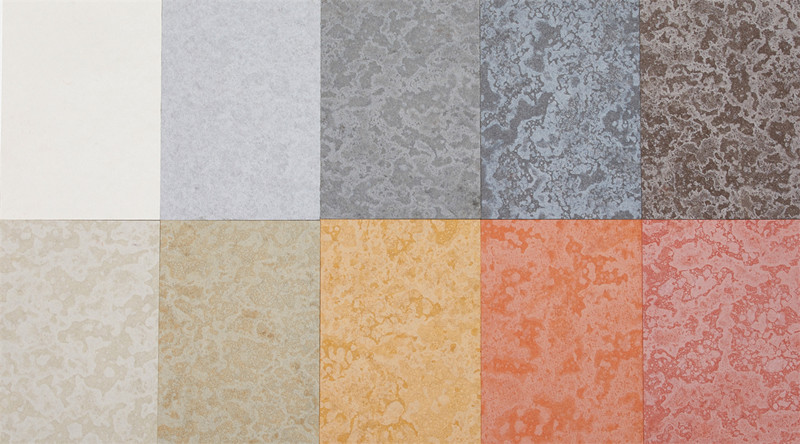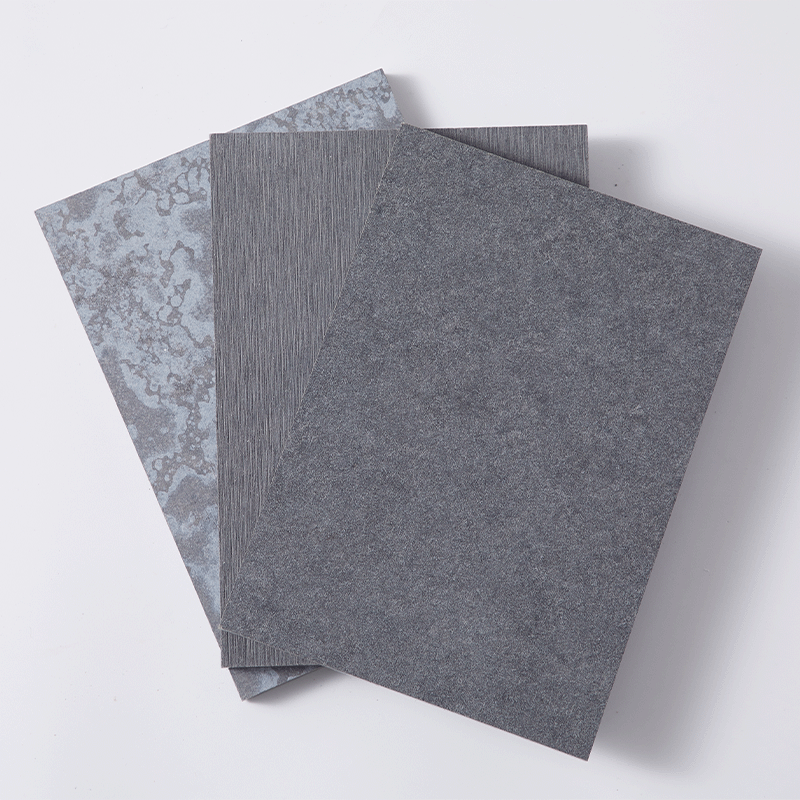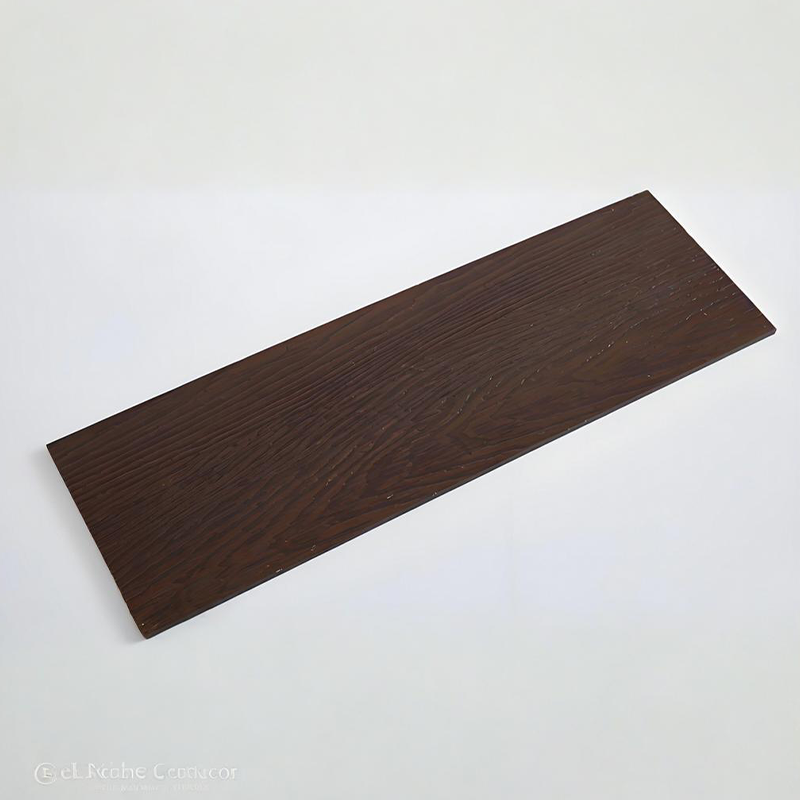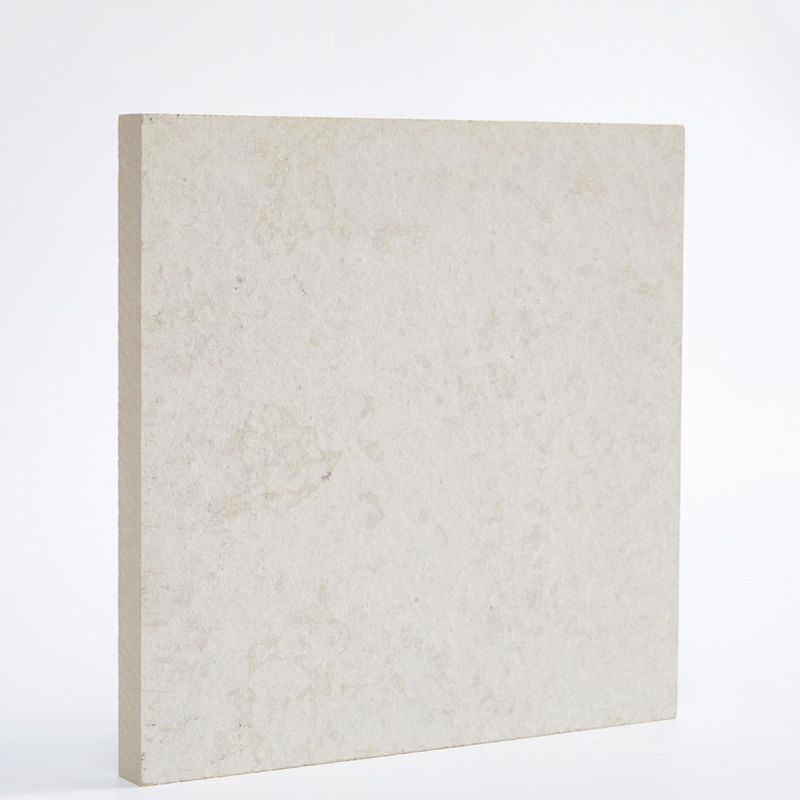When it comes to choosing the right external cladding solution for buildings exposed to extreme weather, fluctuating temperatures, or corrosive environments, durability is non-negotiable. That's where fiber cement wall cladding board stands out as a superior option. Known for its exceptional strength, weather resistance, and versatility, fiber cement cladding is increasingly becoming the go-to material for architects, builders, and developers around the globe.
The Demands of Harsh Environments
Buildings in coastal areas, industrial zones, or high-humidity climates face a unique set of challenges. Salt-laden air, heavy rains, UV radiation, and temperature extremes can quickly degrade conventional cladding materials like wood, vinyl, or metal. Over time, these materials may warp, rust, crack, or fade—leading to costly repairs and reduced property value.
To counter these issues, professionals seek fiber cement boards for cladding due to their proven resilience. Composed of cement, cellulose fibers, and mineral components, this engineered material is built to endure.
Fiber Cement Cladding With Textured Surface
What Makes Fiber Cement Cladding So Durable?
1. Moisture Resistance
Unlike wood or gypsum-based boards, fiber cement does not swell, rot, or support mold growth when exposed to moisture. This makes it particularly effective in rainy or humid environments.
2. Fire Resistance
Fiber cement board is non-combustible and meets stringent fire safety standards, offering an added layer of protection in wildfire-prone or industrial zones.
3. UV and Weather Resistance
Prolonged exposure to sun, wind, or snow won’t cause fading, brittleness, or structural degradation. The surface retains its finish and form for years, with minimal maintenance.
4. Impact Resistance
Designed to handle physical stress, fiber cement wall cladding boards resist dents, cracks, and external pressure—making them ideal for public spaces or high-traffic commercial buildings.
5. Pest Resistance
Termites, ants, and other insects cannot penetrate fiber cement materials, unlike wood, which is highly susceptible.
Versatility in Design
Beyond durability, fiber cement cladding offers outstanding design flexibility. It can replicate the look of timber, stone, or concrete—without inheriting their vulnerabilities. Whether your project requires a modern, minimalist aesthetic or a rustic appearance, fiber cement board for cladding can be customized in textures, colors, and panel sizes to suit your vision.
For architects and designers, this material enables creative expression without sacrificing structural integrity or sustainability. It's equally suitable for residential facades, commercial exteriors, and public infrastructure projects.
Exterior Through-Color Fiber Cement Wall Board
Sustainability and Low Maintenance
Today’s construction professionals are increasingly focused on eco-friendly building materials. Fiber cement cladding aligns well with green building standards:
- It’s made from abundant natural materials.
- It has a long service life, reducing the need for frequent replacements.
- It requires minimal upkeep—occasional washing and repainting are typically sufficient.
This low-maintenance nature translates into reduced lifecycle costs and a smaller environmental footprint, which is a major plus for property developers and end-users alike.
Ideal Applications for Harsh Conditions
Fiber cement boards excel in various tough settings, including:
- Coastal buildings: Withstand salty sea air and strong winds.
- Industrial facilities: Resist chemical exposure and mechanical stress.
- Tropical regions: Handle humidity and biological growth.
- Cold climates: Endure freezing and thawing cycles without cracking.
When paired with proper installation techniques and joint systems, fiber cement wall cladding boards provide a sealed, weather-tight barrier that protects structural components while maintaining aesthetic appeal.
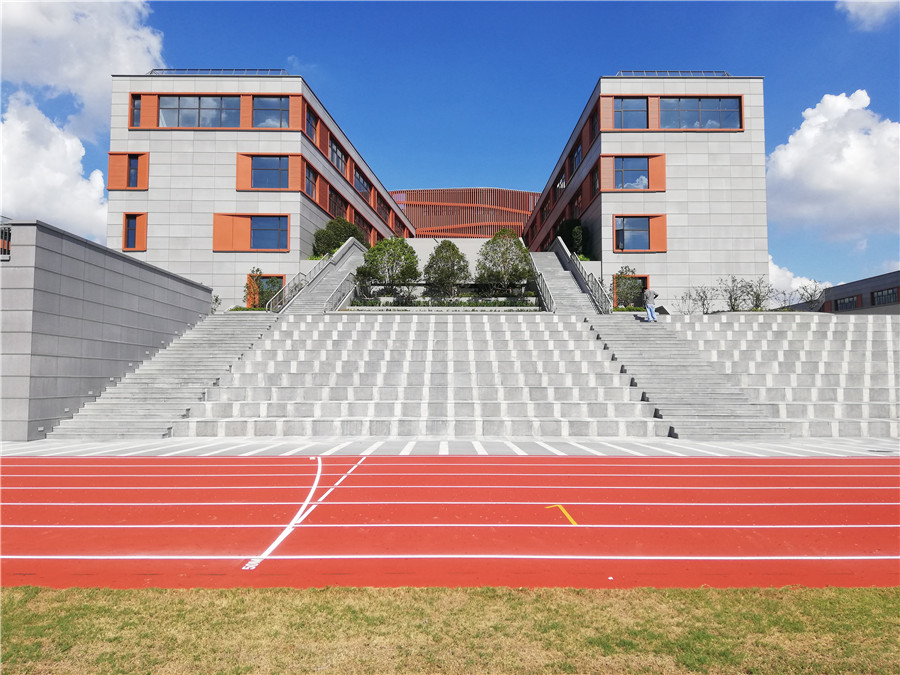
External Cladding Solution For Schools
Boosting ROI Through Long-Term Performance
While the initial investment in fiber cement board for cladding may be slightly higher than in vinyl or wood, the long-term savings are substantial. Its durability reduces repair costs, its low maintenance lowers upkeep demands, and its visual appeal helps preserve property value.
In commercial and residential projects alike, the return on investment is clear—especially when considering total lifecycle performance. Moreover, the material’s fire safety rating and environmental benefits add value in terms of compliance and sustainability.
Conclusion
Choosing the right fiber cement cladding system can significantly enhance the resilience and appearance of your building. In environments where weather, moisture, or impact pose a constant threat, fiber cement board remains a top pick—thanks to its unmatched durability, minimal maintenance, and design adaptability.
For contractors, architects, and developers looking to invest in a high-performance external cladding solution, fiber cement wall cladding board delivers proven results—year after year. Please feel free to contact us at [email protected] for more details!


